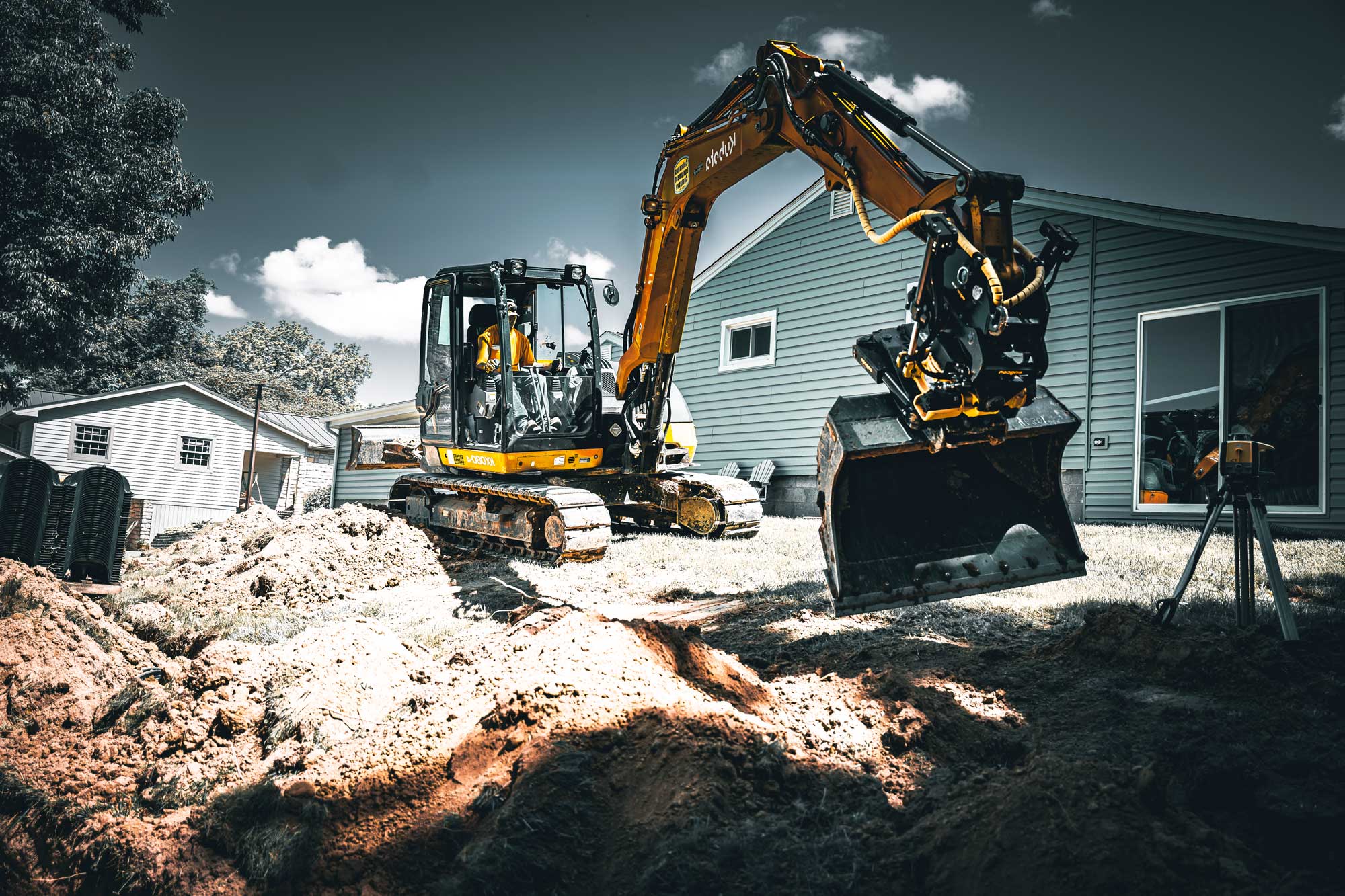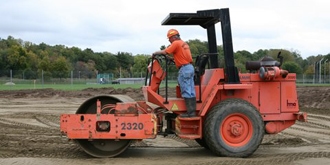Residential Excavating Ohio - Specialized Excavation for Ohio Residences
Residential Excavating Ohio - Specialized Excavation for Ohio Residences
Blog Article
Unveiling the Art of Excavation: Pro Tips for Safe and Efficient Digging
As dirt is transformed and planet is moved, the intricacies of excavation disclose themselves, demanding an eager understanding of devices, soil composition, safety protocols, and environmental considerations. The know-how required to browse these components successfully can mean the difference between an effective excavation project and a possible calamity.
Significance of Appropriate Devices
To make certain the safety and performance of any excavation task, using the ideal equipment is vital. The right tools not just boost productivity yet additionally mitigate risks related to excavating. Excavation jobs differ in extent and complexity, ranging from tiny property landscape design tasks to massive construction undertakings. Regardless of the project dimension, having the proper devices can make a significant distinction in the end result.
Excavators are fundamental pieces of equipment in any kind of digging operation. These versatile machines come in various dimensions to match different task needs. Miniature excavators are suitable for smaller tasks, while larger excavators take on extra considerable jobs effectively. Backhoes are another important equipment kind, integrating the functions of a loader and an excavator in one machine. They are important for tasks calling for versatility and maneuverability.
In addition to excavators, other critical devices includes dump plates, excavators, and vehicles. Dump vehicles are essential for getting rid of and transferring excavated products, while plates are made use of for excavating deep and slim trenches. Bulldozers succeed in tasks that need pressing huge amounts of soil or debris. By buying the ideal equipment, excavation tasks can be completed securely, on time, and with precision.
Comprehending Soil Composition
A comprehensive understanding of soil make-up is basic for carrying out excavation jobs with accuracy and security. Understanding the various types of soil is critical as it straight influences excavation techniques, devices selection, and total job efficiency.
Sand fragments are the biggest and supply good drainage but use little communication. Silt bits are smaller than sand yet larger than clay, offering moderate drainage and cohesion. Clay bits are the smallest and give high communication but inadequate water drainage. Organic issue, such as decomposing plant product, influences soil fertility and stability.
Before beginning excavation, carrying out soil examinations to establish its structure and attributes is crucial. This information assists in choosing the proper tools, applying precaution, and developing excavation approaches customized to the certain soil problems - lancaster excavation. By understanding soil composition, excavation experts can improve job end results while ensuring safety and adherence to best techniques
Precaution and Procedures
Comprehending soil structure is the cornerstone whereupon security measures and methods for excavation projects are constructed, making certain the well-being of this contact form workers and the success of the venture. When it involves safety throughout excavation, there are a number of crucial procedures that should be executed to alleviate threats and prevent mishaps.
First and primary, before any digging commences, a thorough examination of the site should be performed to identify any possible threats such as below ground energies, unstable dirt problems, or close-by frameworks that could posture a danger. It is critical to have a skilled person look after the excavation procedure to make certain that all security protocols are complied with strictly.
Additionally, all workers entailed in the excavation must be correctly educated in risk-free excavating techniques and the correct operation of tools. By sticking to these safety and security procedures and protocols, excavation projects can be completed efficiently and without occurrence.
Effective Excavation Planning
When beginning on an excavation task, careful planning is important to make certain effectiveness, safety and security, and successful outcomes. Effective excavation planning includes about his several key actions that are essential for the smooth execution of the task.
Once the site analysis is total, the following action is to produce a clear timeline and timetable for the excavation tasks. This includes establishing the sequence of jobs, equipment requirements, and manpower allotment. Proper scheduling aids avoid delays and ensures that the project remains on track.

Additionally, communication amongst all staff member is vital during the preparation stage. Clear directives, normal updates, and reliable sychronisation are crucial for a successful excavation project. By investing effort and time in meticulous planning, excavation teams can substantially improve efficiency, decrease risks, and achieve successful outcomes.

Handling Ecological Considerations
With raising focus on ecological sustainability in building and construction methods, handling environmental factors to consider has actually come to be an important aspect of excavation jobs. Excavation tasks have the potential to impact the surrounding atmosphere through dirt disintegration, debris overflow, environment interruption, and contamination of water sources. To alleviate these dangers, it is vital to implement finest practices that focus on environmental management.

In addition, appropriate waste monitoring is critical to prevent dirt and water contamination. Carrying out procedures for the disposal of harmful materials, recycling of waste materials, and reducing using harmful chemicals can significantly reduce the environmental influence of excavation projects. By incorporating these methods into excavation planning and execution, construction companies can guarantee that their tasks are not only risk-free and productive however likewise ecologically liable.
Verdict
In verdict, mastering the art of excavation calls for a complete understanding of proper tools, dirt structure, precaution, and efficient planning. By following these guidelines and considering ecological elements, excavations can be conducted securely and efficiently. It is essential to prioritize safety and performance in every excavating project to ensure effective results.
As dirt is turned and planet is relocated, the details of excavation reveal themselves, requiring an eager understanding of tools, soil make-up, safety procedures, and environmental factors to consider.To make sure the security and effectiveness of any type of excavation project, making use of the appropriate tools is vital.A comprehensive understanding of soil structure is essential for carrying out excavation jobs with precision and security. Recognizing the various kinds of dirt is important as it straight impacts excavation approaches, devices choice, and overall task effectiveness. By comprehending soil structure, i loved this excavation specialists can enhance task outcomes while making sure safety and adherence to best methods.
Report this page